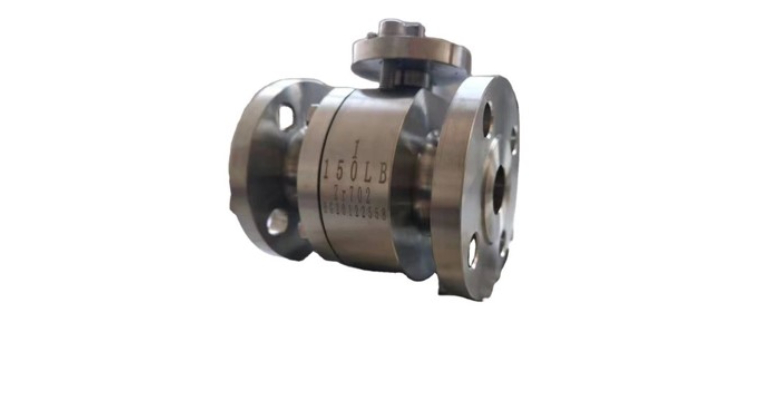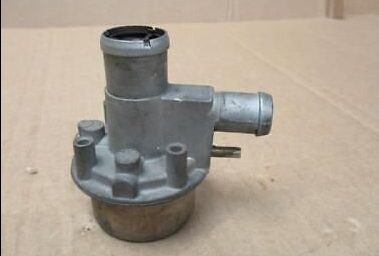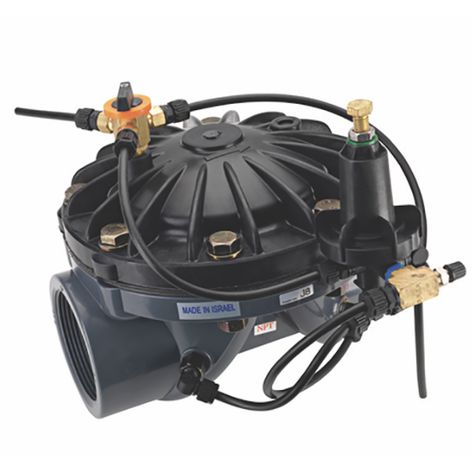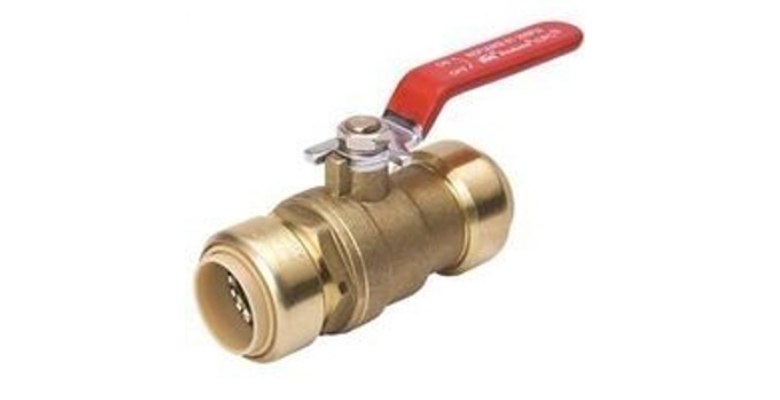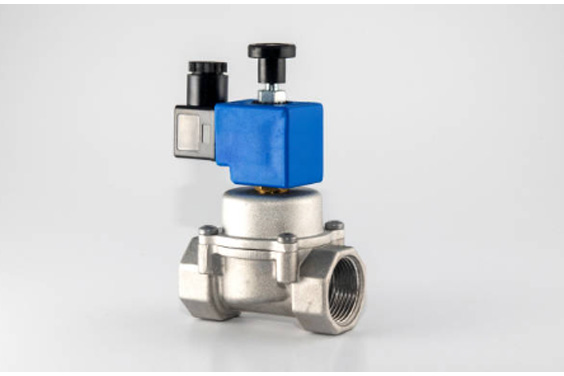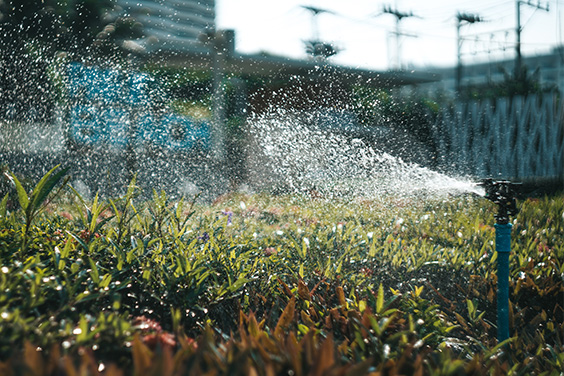Most valves are fairly simple devices that open and close to enable or disable the flow of liquid, gas, or other medium through a piping system. But not all valves are created equal. One relatively uncommon type of valve is the diverter valve. What does a diverter valve do, and why would you want one in your system? Let’s take a closer look.
What Does Diverter Valve Do
A diverter valve is a type of valve that helps to direct the flow of water. It is often used in plumbing, irrigation, and other applications where it is necessary to control the direction of the water.
Diverter valves are available in a variety of sizes and styles, and they can be made from different materials such as metal, plastic, or rubber. Depending on the application, diverter valves can be operated manually or automatically. When selecting a diverter valve, it is important to consider the size of the pipe, the type of material that will be used, and the desired flow rate.
What happens when a diverter valve fails?
When it fails, it can cause a number of problems. For example, water may not be able to flow properly through the pipes, leading to a backup. Additionally, pressure may build up in the pipes, which can lead to burst pipes and flooding.
In some cases, the diverter valve may also cause water to be released at an excessively high rate, which can be dangerous for both people and property. As a result, it is important to have a qualified plumber inspect the diverter valve on a regular basis to ensure that it is functioning properly.
Does a diverter valve increase performance?
Any car enthusiast will tell you that one of the best ways to increase performance is to upgrade the diverter valve. Also known as a blow-off valve, this simple device helps to release pressure from the turbocharger, preventing damage and helping to improve boost response.
As a result, many car enthusiasts believe that a diverter valve is an essential upgrade for any high-performance vehicle. While there is no denying that a diverter valve can help to improve performance, it is important to remember that it is only one piece of the puzzle.
In order to get the most out of your upgrade, it is important to choose a quality product and have it installed by a qualified mechanic. With careful planning and execution, a diverter valve can be a great way to improve the performance of your vehicle.
What can a loose diverter valve affect your car?
If you’ve ever seen water spewing out from underneath your car while you’re driving, it’s likely that you have a loose diverter valve. While this may not seem like a big deal, it can actually have a pretty significant impact on your car. The diverter valve is responsible for directing coolant to the radiator, and if it’s not functioning properly, your car will overheat.
In addition, a loose diverter valve can also cause your car to lose power and stall. So, if you ever notice water shooting out from under your car, be sure to check your diverter valve and tighten it up if necessary.
How do you diagnose a bad diverter valve?
Most people don’t think about their diverter valves until they start having problems with them. But what exactly is a diverter valve, and how can you tell if it’s going bad? A diverter valve is a simple device that controls the flow of water in your plumbing system.
When you turn on your shower, the diverter valve redirects water from the tub spout to the shower head. over time, however, mineral deposits can build up inside the valve, causing it to become stuck in the “open” position.
This can result in a decrease in water pressure, as well as an unpleasant dripping sound. If you think you might have a problem with your diverter valve, there are a few simple tests you can do to diagnose the issue.
First, try turning on your shower and listening for any dripping noise. If you hear dripping, it’s a good indication that your diverter valve is stuck open. You can also remove the screws that hold the handle in place and pull it off. If water starts spraying out of the hole where the handle was, that’s another sign that your diverter valve needs to be replaced.

